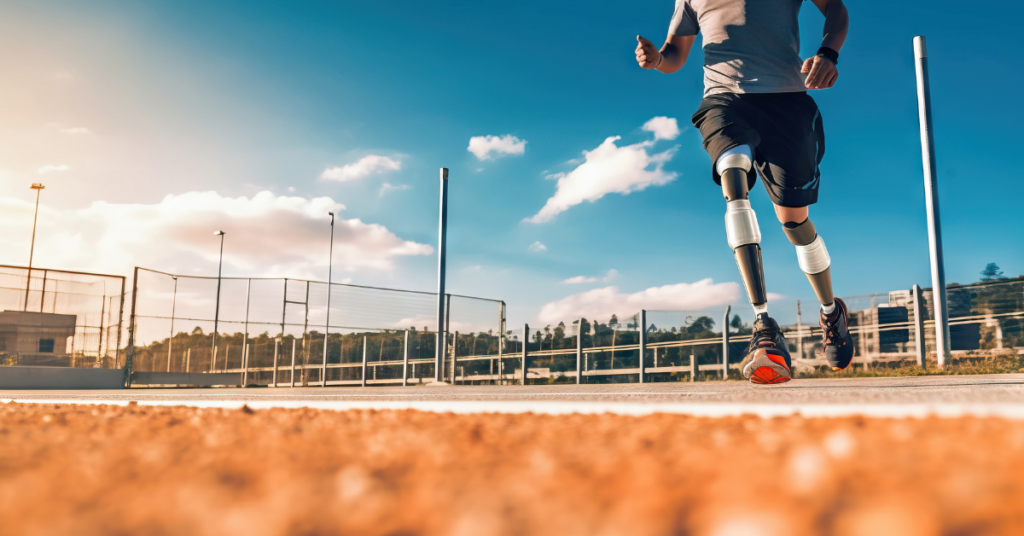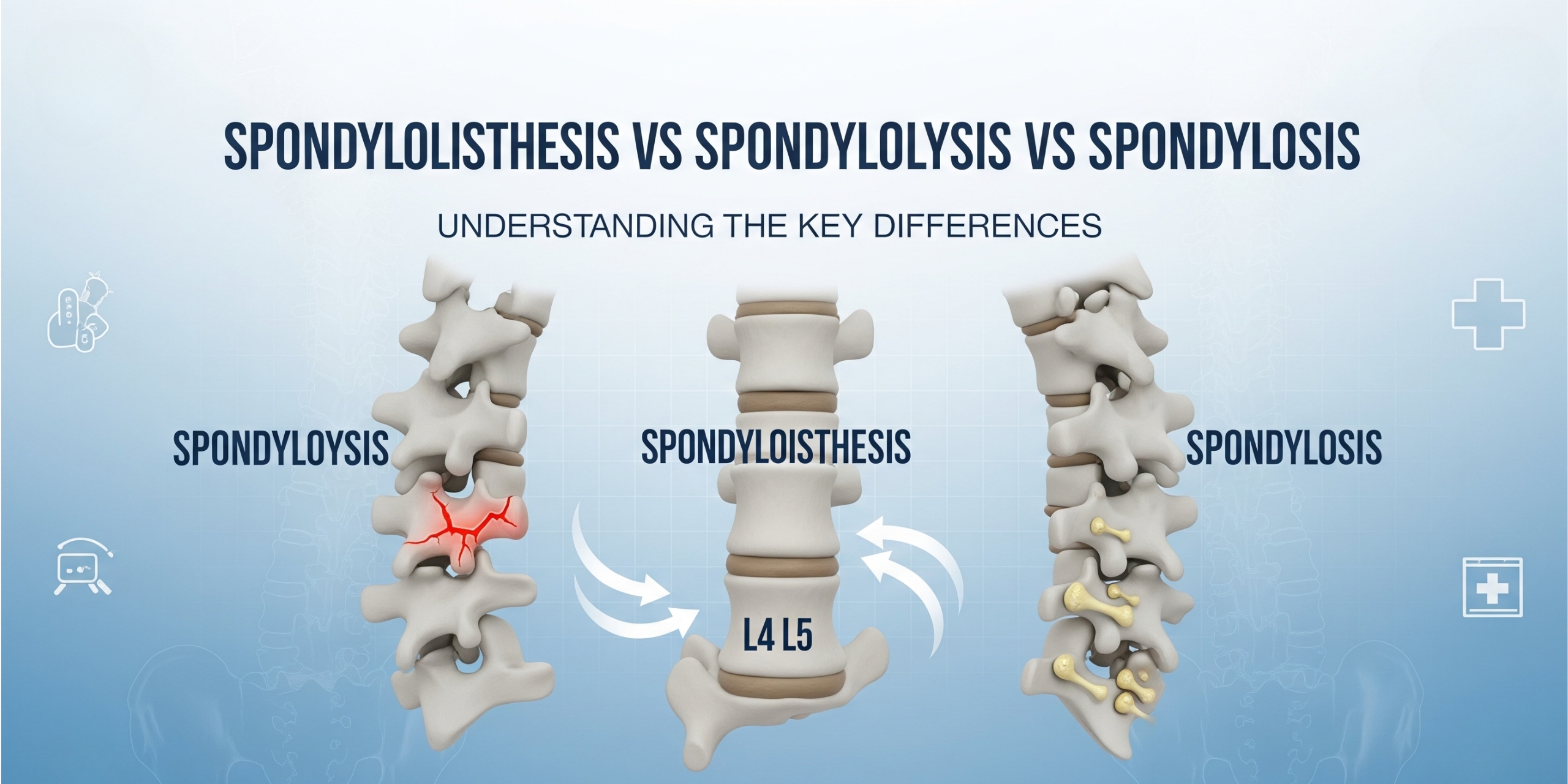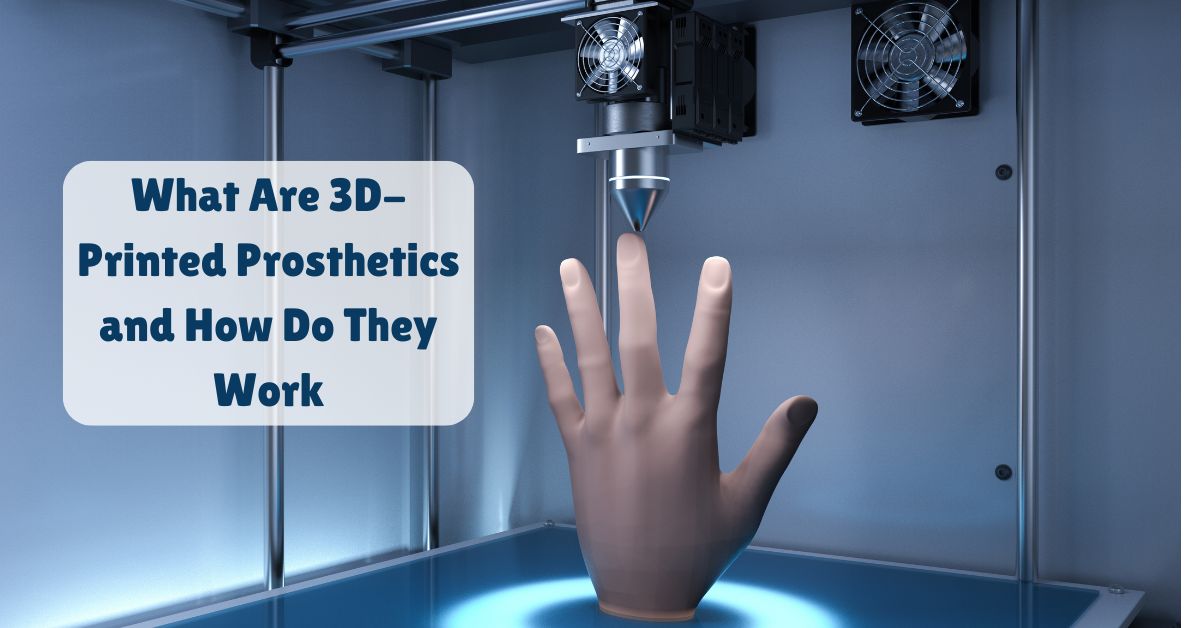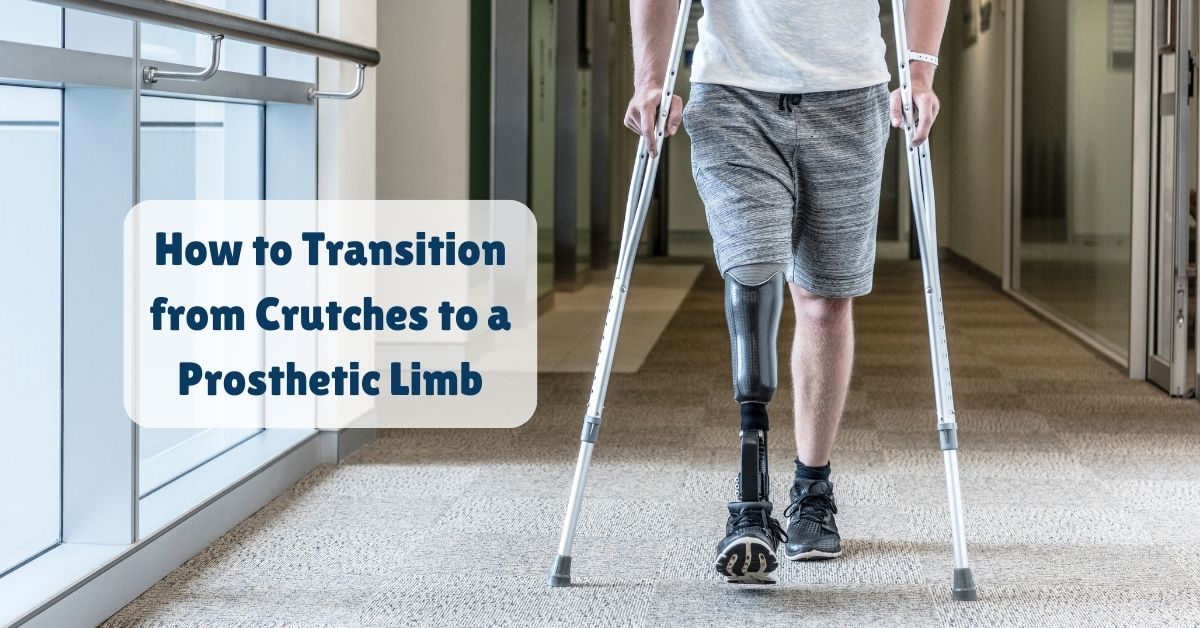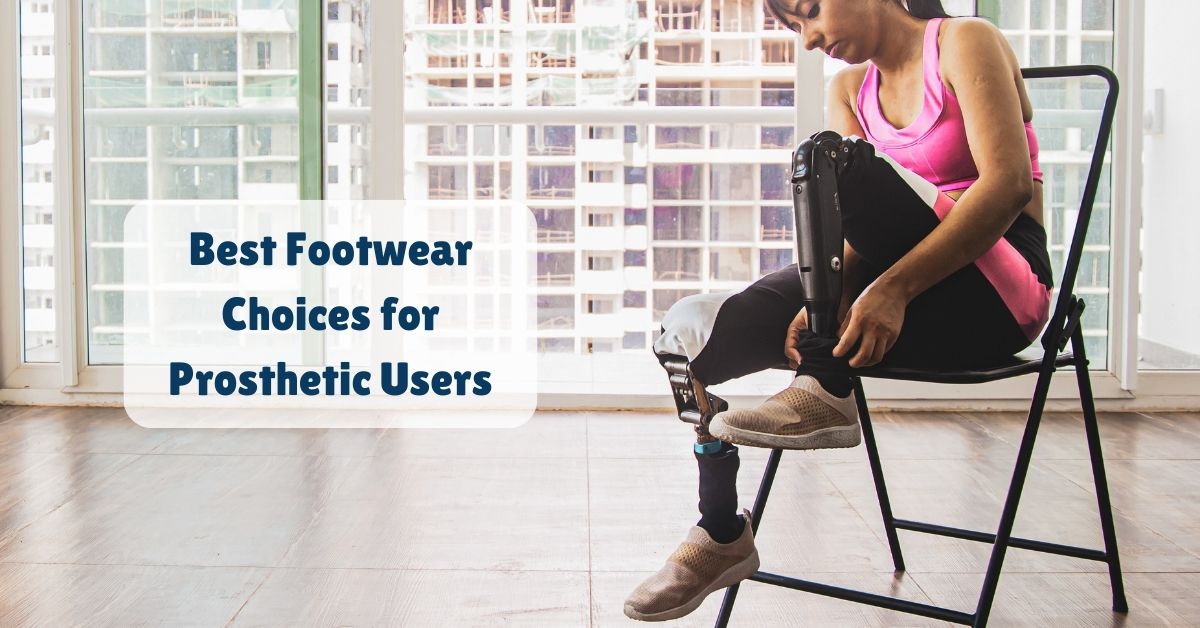When people ask, “What are the different types of prosthetics?” they’re often looking to understand how prosthetic limbs vary based on their use, location of amputation, and the individual’s lifestyle. Prosthetics aren’t just limited to arms and legs—they now include specialized versions for daily activities, sports, cosmetics, and even highly advanced bionic options.
Prosthetics have come a long way in helping people regain their mobility and independence. Whether due to injury, illness, or congenital conditions, prosthetics play a crucial role in enhancing the quality of life for many individuals. Let’s explore what prosthetics are, how they work, and the different types available.
What Is a Prosthetics?
A prosthesis is an artificial device designed to replace a missing body part. These devices can replicate the function and appearance of the missing part, helping individuals perform everyday activities more easily. Prosthesels are used by people who have lost limbs due to injury, disease, or congenital conditions, as well as those born with limb differences.
Prostheses are custom-made to fit the individual’s body and needs, ensuring comfort and functionality. They can be simple, like a basic artificial limb, or highly advanced, incorporating technology like sensors and microprocessors to allow more natural movement. The goal of a prosthesis is to help the user regain as much function and independence as possible.
Prosthesis vs. Prosthetic: What is the Difference?
While these two terms sound similar, they mean different things. “Prosthetics” is the field focused on creating and improving artificial limbs. It can also describe things related to these artificial limbs, like saying “prosthetic limbs.”
A “prosthesis,” on the other hand, is the actual artificial device that replaces a missing body part. If you have more than one, you call them “prostheses.” People use prostheses when they have lost a limb or were born without one.
A “prosthetist” is the expert who makes these artificial limbs and helps people use them.
The term “prosthesis” refers to the artificial body part itself, while “prosthetic” is an adjective describing anything related to prostheses. For example, a prosthetic leg is a type of prosthesis used to replace a missing leg.
How Do Prosthetics Work?
Prosthetics work by mimicking the function and appearance of the missing body part. They are designed to fit the user’s body comfortably and securely, allowing for natural movement.
Advanced prosthetics often use technology such as sensors and microprocessors to enhance functionality, making movements smoother and more intuitive.
What are the Benefits of Prosthetics?
Prosthetics offer numerous benefits, including:
– Improved Mobility: Prosthetics allow individuals to walk, run, and engage in various physical activities.
– Enhanced Independence: With prosthetics, users can perform daily tasks independently, such as dressing, cooking, and driving.
– Increased Confidence: Prosthetics help individuals feel more confident and less self-conscious about their appearance.
– Better Quality of Life: Overall, prosthetics improve the user’s quality of life by enabling them to participate in activities they enjoy.
Selection Factors for Prosthetics
When selecting a prosthetic, several factors need to be considered:
– Type of Amputation: The level and type of amputation determine the kind of prosthetic needed.
– Lifestyle and Activities: The user’s daily activities and lifestyle play a significant role in choosing the appropriate prosthetic.
– Comfort and Fit: A well-fitting prosthetic is crucial for comfort and functionality.
– Technology: Depending on the user’s needs, advanced technology options such as myoelectric or bionic prosthetics may be considered.
– Cost and Insurance: The cost of prosthetics can vary widely, so it’s important to consider what is covered by insurance.
What Are the Different Types of Prosthetics?
When it comes to prosthetics, there is no one-size-fits-all solution. The type of prosthesis you need depends on which part of the body is missing and what level of functionality is required. Let’s break down the different types of prosthetics in a clear and practical way:
1. Types Based on Amputation Level
These categories help define prosthetics based on which limb and part of the limb is missing:
Transradial Prosthesis:
Used when the arm is amputated below the elbow. These prosthetics restore function to the forearm and hand, and they may be body-powered or myoelectric.
Transhumeral Prosthesis:
Designed for individuals with an arm amputated above the elbow. These devices include an artificial elbow joint to allow bending and reaching movements.
Transtibial Prosthesis:
This is for people with a below-the-knee amputation. Since the knee is still intact, it provides better mobility and easier adaptation to the prosthesis.
Transfemoral Prosthesis:
Used when the amputation is above the knee. These prosthetics include an artificial knee joint, which may be mechanical or microprocessor-controlled, and require more training to use effectively.
Each of these types is carefully designed to help users regain as much independence and comfort as possible, depending on their unique needs.
2. Upper Limb Prosthetics
Upper limb prosthetics focus on restoring function to the arms and hands. They are especially helpful for performing tasks like eating, writing, or lifting.
Hand Prosthetics
These replace a missing hand and come in various forms — from simple mechanical hooks to advanced myoelectric or bionic hands that can grip and rotate.
Arm Prosthetics
Ranging from below-elbow (transradial) to shoulder-level prostheses, these devices can be passive (for appearance), functional (for movement), or both.
3. Lower Limb Prosthetics
Lower limb prosthetics are designed for walking, standing, or running. The functionality and complexity vary based on the amputation level and the user’s goals.
Foot Prosthetics
These help replace a missing foot and can be flexible, shock-absorbing, or sport-specific depending on the wearer’s activity level.
Leg Prosthetics
These include below-knee and above-knee designs. Advanced versions come with microprocessor knees, energy-return feet, or even hydraulic systems to enable smoother walking.
4. Specialized Prosthetics
These prosthetics are designed with specific goals or environments in mind:
Sports Prosthetics
Built for activities like running, cycling, or swimming. They are lightweight, durable, and often have unique shapes for performance, such as blade runners.
Cosmetic Prosthetics
Made to closely resemble a natural limb in shape, size, and skin tone. They are ideal for people who prioritize appearance over functionality, such as for fingers, toes, or facial prostheses.
5. Advanced and High-Tech Prosthetics
Technology is rapidly advancing in the prosthetic field, and some of the most exciting innovations are:
3D Printed Prosthetics
A more affordable and customizable option, especially for children. These are tailored to the user’s body using digital scans and can be adjusted or replaced easily as needed.
Myoelectric Prosthetics
These respond to muscle signals from the remaining limb. Sensors detect muscle movements and translate them into motions like gripping or rotating a hand.
Bionic Prosthetics
These are the most sophisticated, combining robotics, AI, and real-time responsiveness. They mimic natural movements and allow users to perform complex tasks.
Next Steps After Learning About the Different Types of Prosthetics
prosthetics have revolutionized the way people with missing limbs live their lives. With various types available, tailored to specific needs and lifestyles, prosthetics provide individuals with the tools they need to regain their independence and improve their quality of life.
Advances in prosthetic technology, from myoelectric and bionic limbs to lightweight and customizable options, ensure that there is a suitable solution for everyone. These innovations not only restore mobility but also boost confidence and enable users to participate fully in their daily activities and passions.
Moreover, the dedication of prosthetists, who blend medical expertise with cutting-edge technology, plays a critical role in this field. Their commitment to personalized care ensures that each prosthesis is a perfect fit for the user’s unique needs, further enhancing the effectiveness of these devices.
At Proactive Technical Orthopaedics Ltd, we understand the importance of finding the right prosthetic solution tailored to your unique needs. Our dedicated team of experts is here to guide you every step of the way, Contact today to schedule a consultation.
Frequently Asked Questions
What does a prosthetic limb actually do?
A prosthetic limb is an artificial body part that replaces a missing arm, leg, hand, or foot. It helps you do everyday things like walking, picking up objects, or even running—depending on the type you use. The goal is to help you move more easily and feel more independent in your daily life.
Are there different types of prosthetic legs and arms?
Yes, there are many different types. For example:
- A below-knee (transtibial) prosthetic is for someone who still has their knee joint.
- An above-knee (transfemoral) prosthetic replaces both the knee and the leg below it.
- For arms, a below-elbow (transradial) or above-elbow (transhumeral) prosthetic may be used depending on the level of amputation.
Each one is made to fit your body and your daily needs.
Which type of prosthetic is best for me?
That depends on a few things—like where your amputation is, how active you are, and what kind of support you need. If you’re active or want to return to sports, your prosthetist might suggest a lightweight or high-performance prosthetic. If you’re older or less active, a basic but stable option might be better. Always consult a prosthetic expert to find what suits you best.
Can kids use prosthetic limbs too?
Yes, children can absolutely use prosthetics. In fact, there are special prosthetics made just for kids. These are lighter, easier to wear, and can be adjusted or replaced as the child grows. Pediatric prosthetists work closely with families to make sure the fit and function keep up with the child’s development.
Can I wear my prosthetic leg or arm all day?
You can wear your prosthetic most of the day once your body gets used to it. But in the beginning, it’s better to start slow—maybe a few hours a day—and gradually increase. Listen to your body. If you feel pain, discomfort, or skin irritation, take a break and talk to your prosthetist.
How do I take care of my prosthetic limb?
Keeping your prosthetic clean is very important. Wipe it down daily with a soft, damp cloth. Clean the liner or socket as per the instructions. Avoid water unless it’s waterproof. Also, inspect your limb regularly for cracks or signs of wear and get it serviced if something feels off.
Are there special prosthetics for sports or physical activities?
Yes! If you enjoy running, cycling, swimming, or any sport, there are special prosthetics built just for that. These are lighter, more flexible, and designed to handle more movement. For example, blade-style legs are often used by runners.
Will I be able to walk naturally with a prosthetic leg?
Many people do learn to walk naturally with a prosthetic leg. It may take a few weeks or months of practice, physiotherapy, and some adjustments by your prosthetist. In the beginning, it may feel strange, but with time, your body adjusts and walking becomes easier and smoother.
Is a prosthetic leg or arm painful to wear?
At first, it might feel a bit uncomfortable as your body gets used to it. But it shouldn’t be painful. If you feel sharp pain, pressure points, or notice skin redness or sores, that’s a sign something is wrong. A properly fitting prosthetic should feel secure, not painful.
How much does a prosthetic limb cost in India?
The cost depends on the type of prosthetic. A basic below-knee leg might cost ₹20,000–₹50,000, while an advanced bionic leg can cost over ₹5 lakhs or more. Prices vary depending on the technology, material, and whether it’s for everyday use or specific tasks like sports. Some NGOs and hospitals also provide subsidized options.
Can I get my old prosthetic upgraded?
Yes, in many cases you can! As technology improves or your body changes, you might need a new socket or a more advanced limb. Upgrading your prosthetic can improve your comfort, stability, and movement—especially if your current one feels outdated or uncomfortable.
Where can I find a good prosthetic manufacturer in India?
India has many trusted prosthetic manufacturers, but it’s important to choose one that offers certified products, proper customization, and expert support. At Proactive Technical Orthopaedics Ltd, we focus on creating high-quality prosthetic limbs that are tailored to each user’s needs, comfort, and mobility goals. If you’re unsure which type of prosthesis is right for you, consulting with your doctor or physiotherapist can also help guide your decision.

